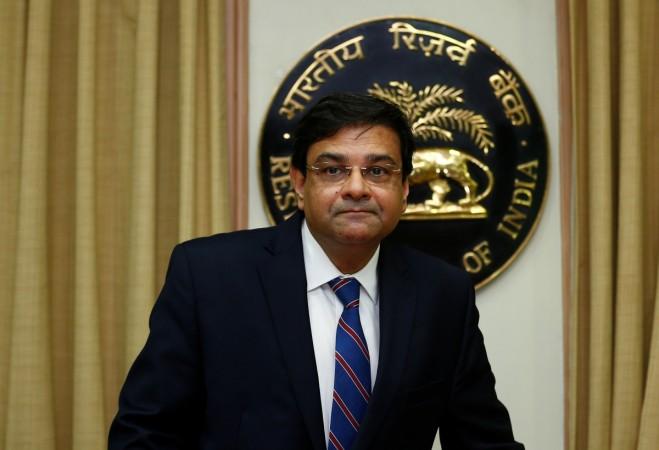
On Wednesday, Reserve Bank of India (RB) governor Urjit Patel dampened the curiosity of a billion+ Indians on how much banned notes have been returned to the banking system after Rs 500 and Rs 1,000 currency notes were demonetised on November 8, 2016. In his appearance before the Standing Committee on Finance panel, he did say that the demonetisation process started as early as January 2016.
He did disclose that the value of new notes supplied to the banking system (remonetisation) till date is Rs 9,20,000 crore, according to a report by the Economic Times.
The value of the two denominations in circulation at the time of the announcement was Rs 15.44 lakh crore. There have been speculations that almost 97 percent of the demonetised notes have found their way back to the banking system in the form of deposits and other payments.
The remonetisation stood at Rs 5,92,613 crore as of December 10, 2016.
"Over the period from November 10, 2016 upto December 19, 2016, banks have reported that banknotes worth Rs 5,92,613 crore have been issued to public either over the counter or through ATMs," the RBI said in one of its updates. In dollar terms, it is approximately $87.2 billion.
In terms of number of notes, the central bank said it has supplied 22.6 billion pieces of all denominations, of which 2.2 billion notes were of Rs 2,000 and Rs 500, according to the data.
Patel is scheduled to appear before the Public Accounts Committee on Thursday.
It may be recalled that the RBI had relaxed the cash withdrawal limit from ATMs from Rs 4,500 per day to Rs 10,000 per day while retaining the weekly cap at Rs 24,000.
The limit on withdrawal from current accounts has also been increased to Rs 1 lakh per week from the original limit of Rs 50,000 per week.
Patel had sent a subtle warning to the Narendra Modi government that is apparently to give sops to people who had endured hardships for about 50 days due to the cash crunch.
"In addition, while some government guarantees and limited subventions can help, steep interest rate subventions and large credit guarantees also impede optimal allocation of financial resources and increases moral hazard. The mandates for these have to be narrow, and thus perforce be deployed judiciously, within a regulatory framework, which RBI has suggested," he said at a seminar on "Business Potential of International Financial Services Centre in India" organised by GIFT, India's first International Financial Services Centre (IFSC), in Gandhinagar a few days ago.
The cost of sops announced by Prime Minister Narendra Modi on December 31, 2016 for pregnant women, loans for low-cost housing and farmers was estimated at Rs 3,500 crore annually by an economist at State Bank of India.









